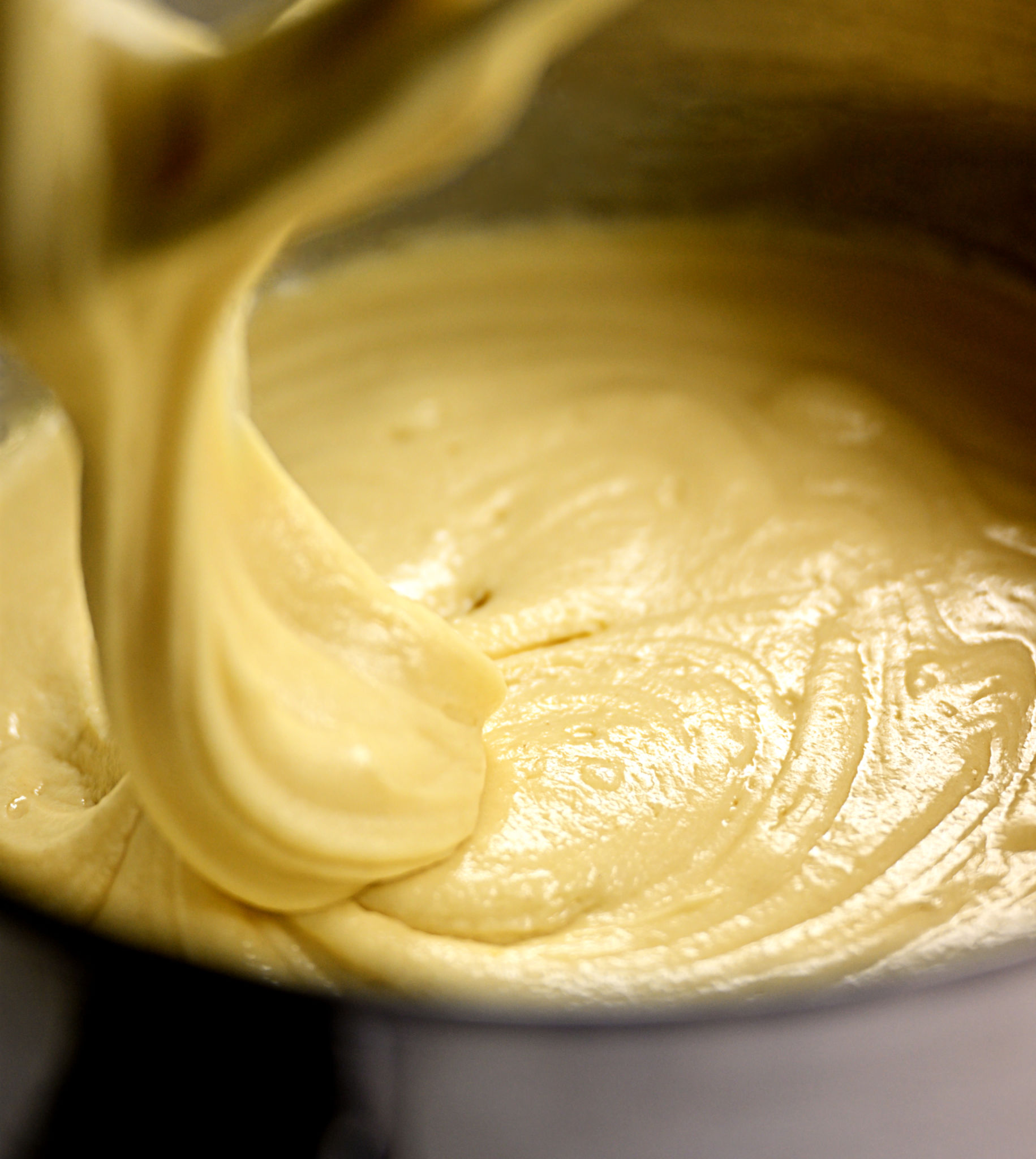Expert Tips for Baking Perfect Cakes Every Time
Understanding the Basics of Cake Baking
Baking a cake is an art that combines precision, patience, and passion. To achieve the perfect cake every time, it's essential to start with the basics. A well-prepared batter and the right baking techniques can make all the difference. Let's dive into some expert tips that will help you bake a flawless cake, whether you're a novice or an experienced baker.
First and foremost, ensure all your ingredients are at room temperature before you begin. This includes butter, eggs, and milk. Room-temperature ingredients mix more evenly, resulting in a smoother batter and a more consistent texture. Additionally, always measure your ingredients accurately. Baking is a science, and even slight variations can affect the outcome.

Choosing the Right Tools
The tools you use in baking can significantly impact your results. Invest in high-quality baking pans, as they provide better heat distribution and prevent uneven baking. Opt for non-stick or silicone-coated pans to ensure easy release of your cakes.
A stand mixer or a hand mixer is another valuable tool for any baker. These appliances help achieve the perfect consistency in your batter, especially for recipes that require creaming butter and sugar together. Don't forget about a reliable oven thermometer as well; this ensures that your oven is at the correct temperature, which is crucial for even baking.
Mastering the Mixing Techniques
One of the most critical steps in cake baking is mastering the mixing techniques. Overmixing can lead to a dense cake, while undermixing can result in a lumpy batter. Start by creaming the butter and sugar together until light and fluffy—this usually takes about 3-5 minutes. This step incorporates air into the batter, giving your cake a tender crumb.

When adding dry ingredients to the wet mixture, do so gradually and fold them in gently using a spatula. This method helps maintain the airiness of the batter. Remember to scrape down the sides of your mixing bowl to ensure everything is well combined.
Perfecting Baking Times and Temperatures
Every cake recipe has its own ideal baking time and temperature. However, ovens can vary, so it's essential to monitor your cake closely. Start checking for doneness a few minutes before the recommended time. You can use a toothpick or a cake tester inserted into the center of the cake; if it comes out clean or with just a few crumbs clinging to it, your cake is done.
Allow your cake to cool in the pan for about 10 minutes before transferring it to a wire rack. This prevents it from breaking apart and ensures even cooling. Patience during this step will help maintain the cake's structure and texture.

Decorating Your Cake Like a Pro
Once your cake has cooled completely, it's time to unleash your creativity with decoration. A crumb coat—a thin layer of frosting applied before the final layer—helps lock in crumbs and creates a smooth base for decorating.
Use an offset spatula for spreading frosting evenly over the cake's surface. For added flair, consider piping decorations or using fondant for a polished look. Experiment with different textures and colors to make your cake visually appealing.
Common Mistakes to Avoid
Avoid common mistakes like opening the oven door frequently during baking, which can cause your cake to sink due to temperature fluctuations. Also, resist the urge to rush cooling; frosting a warm cake will lead to a messy finish.
Furthermore, always follow your recipe closely, but don't be afraid to make adjustments based on your personal preferences once you're comfortable with the basics. Baking is as much about intuition as it is about precision.
With these expert tips, you're well on your way to baking perfect cakes every time. Remember, practice makes perfect, so keep experimenting and enjoy the sweet rewards of your efforts!